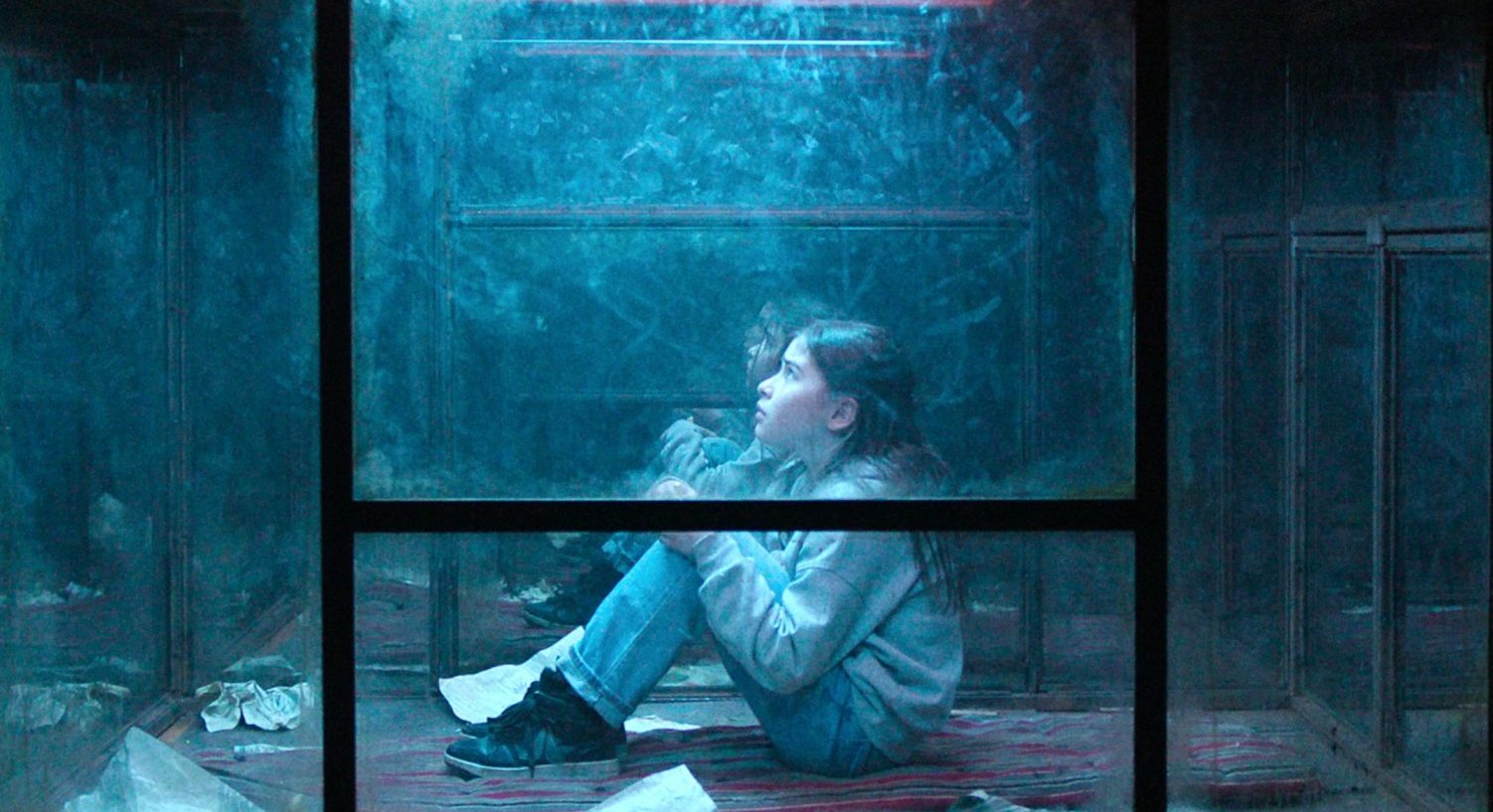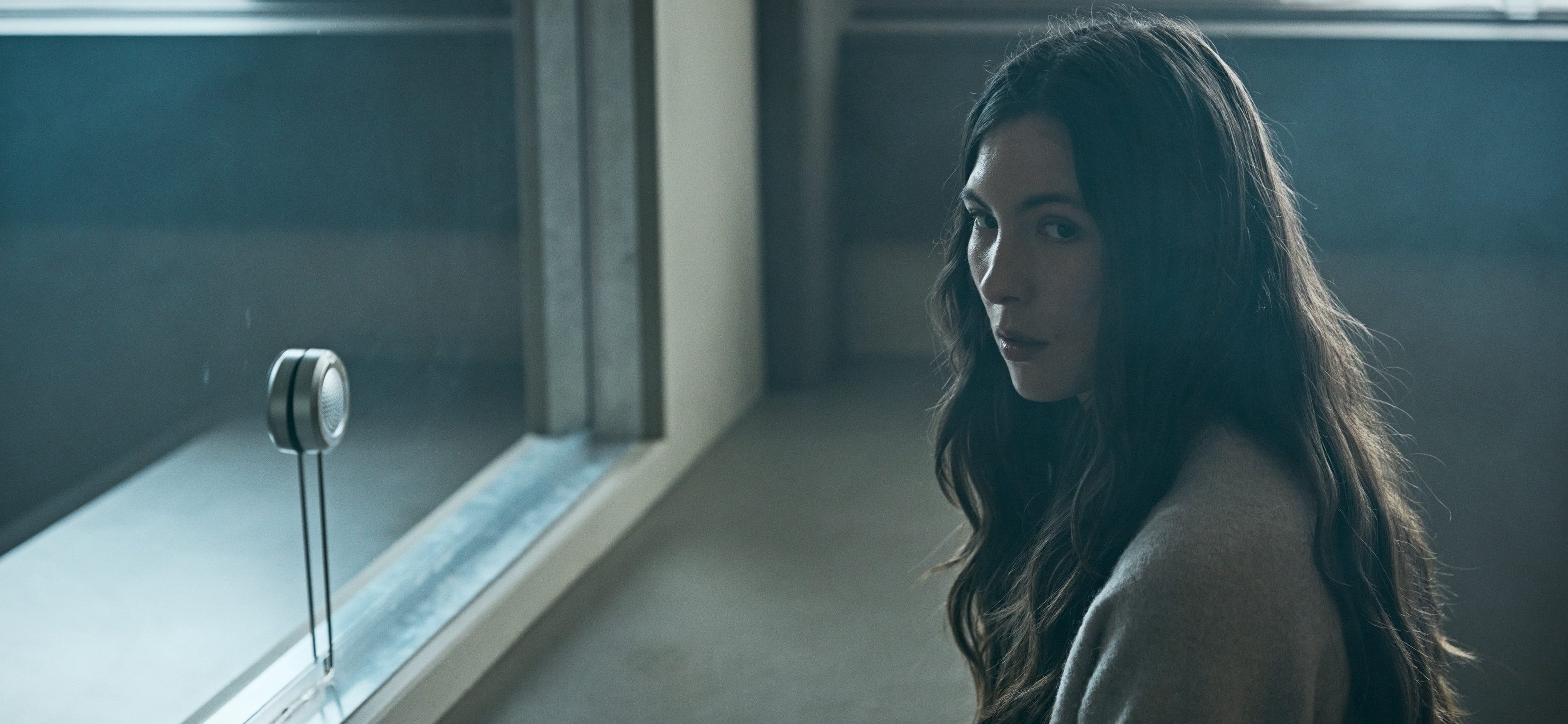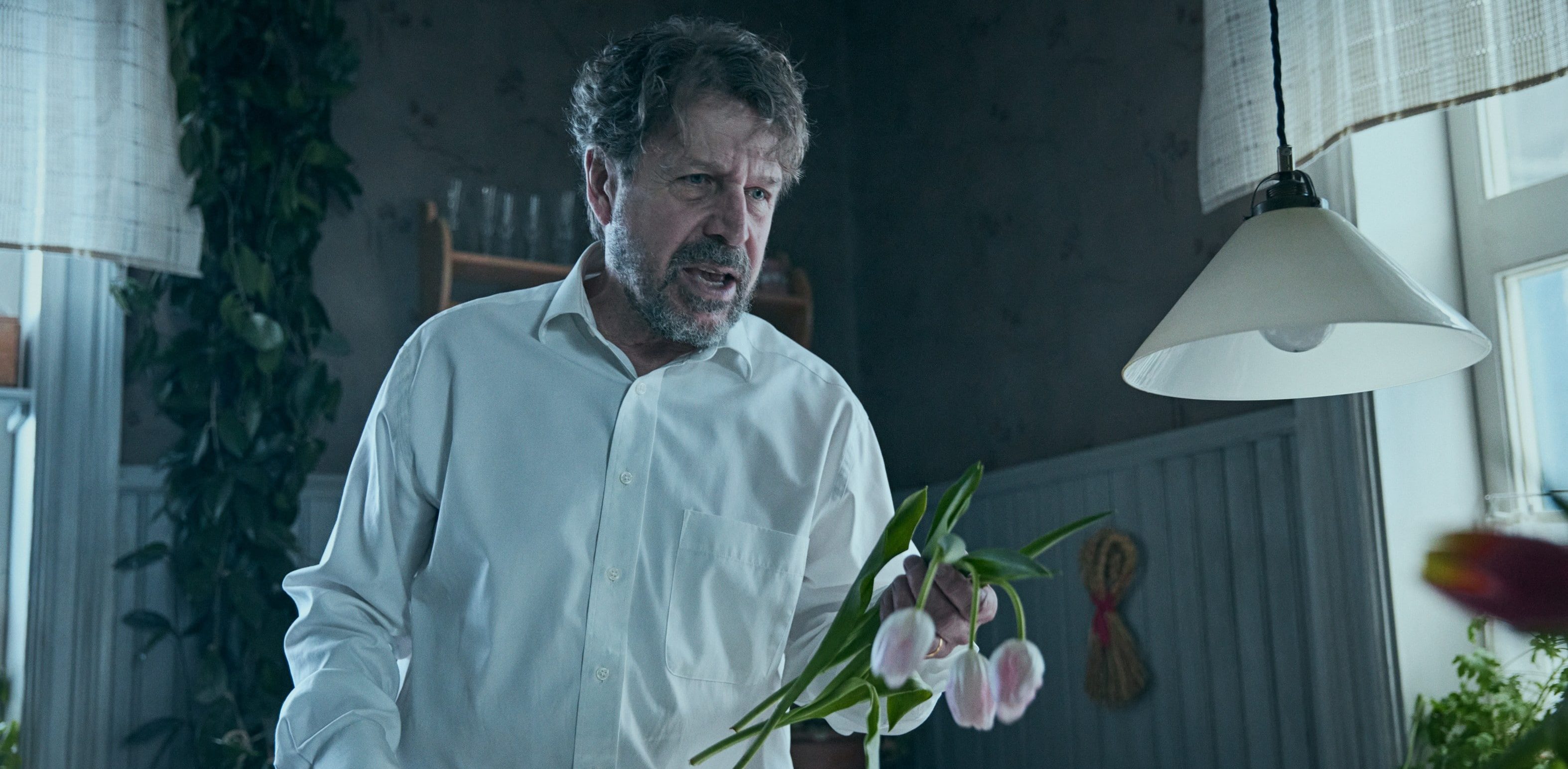Netflix’s ‘The Glass Dome’ is a compelling psychological thriller that plunges deep into the darkest corners of the human psyche. Created by Swedish author Camilla Läckberg, the series thrives on its staggering realism, expertly weaving dread and a pervasive sense of unease throughout. Set against a backdrop of relentless bleakness, the show envelops viewers in the chilling reality of trauma, where the horrors of the past refuse to stay buried. At the heart of this haunting narrative is Lejla Ness, a woman scarred by a childhood kidnapping. As the echoes of her traumatic past resurface, Lejla is forced to confront the terrifying truth of what’s happening to her now. In a world where humanity itself often seems more monstrous than any creature, The ‘Glass Dome’ is a chilling exploration of fear, survival, and the inescapable grip of trauma.
The Glass Dome is Not a Real Case But Mirrors Real Trauma

‘The Glass Dome’ does not depict a real-life criminal case or adapt a documented child abduction story. However, it’s deeply rooted in emotional truth. The series creator, acclaimed Swedish crime writer Läckberg, has often used real psychological experiences as a foundation for her work. Her stories tend to reflect the lived pain of trauma survivors rather than sensationalizing violence. Here, she tells a fictional story but seemingly draws from real-world trauma psychology. The show captures the emotional contours of what it means to be a survivor — particularly the long-term effects of childhood abuse, memory repression, and the isolating weight of silence in a small community. So, while the kidnapping at the heart of ‘The Glass Dome’ never happened, the emotional truths it conveys likely happened to many.
Lejla Ness is a Fictional Character Built on Familiar Scars

Lejla, the protagonist of ‘The Glass Dome,’ is not based on any single real person. However, the way she is written—disoriented, emotionally guarded, and visibly fractured—feels hauntingly familiar to survivors of trauma. The way she experiences flashbacks, her fragmented memory, and her need to control her environment speak volumes about the psychological realism woven into the script. She is the type of character who doesn’t need to be real to feel real. And that’s where the excellence of the show lies. She is a composite of many survivor experiences, built with empathy rather than exposition. For viewers who’ve lived through similar experiences, Lejla’s story is recognition more than mere entertainment.
Camilla Läckberg’s Approach: Fiction That Breathes With Realistic Experiences
What sets Läckberg apart is how she treats crime not just as a puzzle but as a human experience. A former economist turned writer, she’s spent years exploring how trauma lodges itself into the daily lives of people, especially in seemingly “quiet” environments like the small towns of Sweden. Even though The Glass Dome isn’t adapted from one of her previous novels, her creative process remains the same—she builds fiction from the emotional landscapes of real people. She has often spoken about pulling from therapy notes, true crime interviews, and survivor testimonies to shape her narratives. With The Glass Dome, she continues that legacy, anchoring a dark thriller in psychological and emotional authenticity.

There are no hyper-stylized twists or superficial breakdowns. Instead, there’s restraint. Grief, guilt, and horror are not loudly declared—they creep in slowly and quietly. The show doesn’t aim to entertain with trauma but to simulate how it actually works. Even the case of the missing child that pulls Lejla back to her hometown feels eerily plausible. It’s not flashy; it’s familiar. And perhaps that’s the scariest part—it mirrors the kind of real-life cases that don’t get media coverage but leave permanent emotional wreckage behind. The show’s success lies in its refusal to glamorize trauma. Instead, it lets the viewer sit with it, absorb its weight, and witness its lifelong consequences. That’s a rare and honest approach in a genre too often dominated by contrived thrills and fast-paced resolutions.
Read More: The Glass Dome Ending Explained


